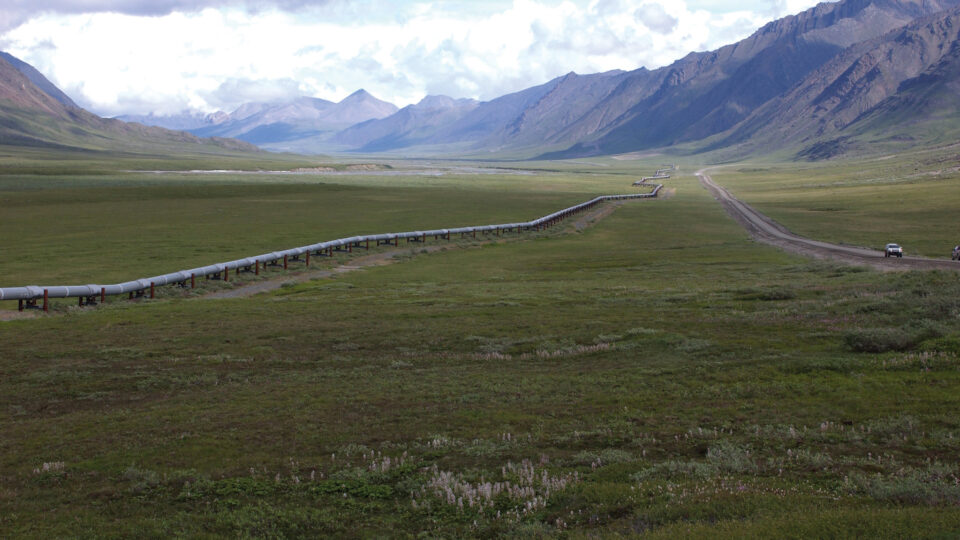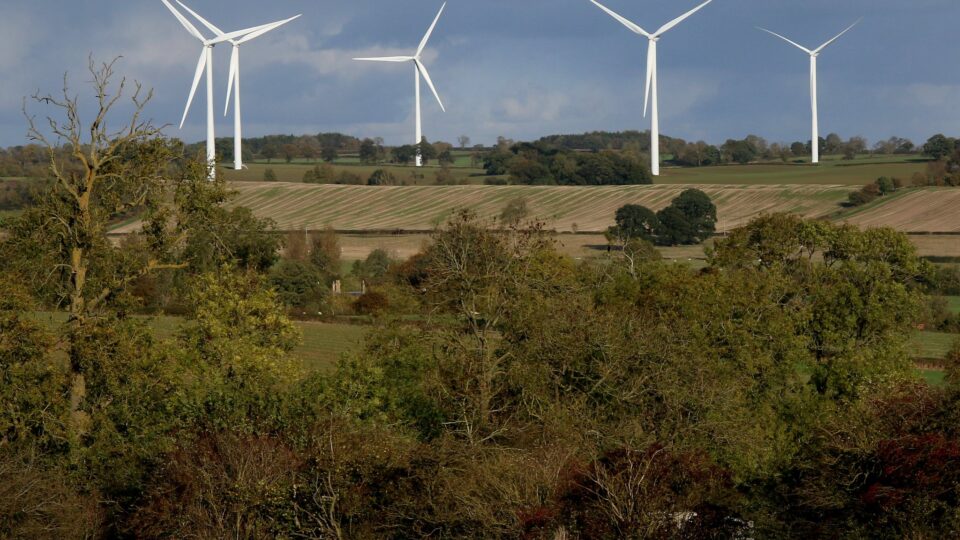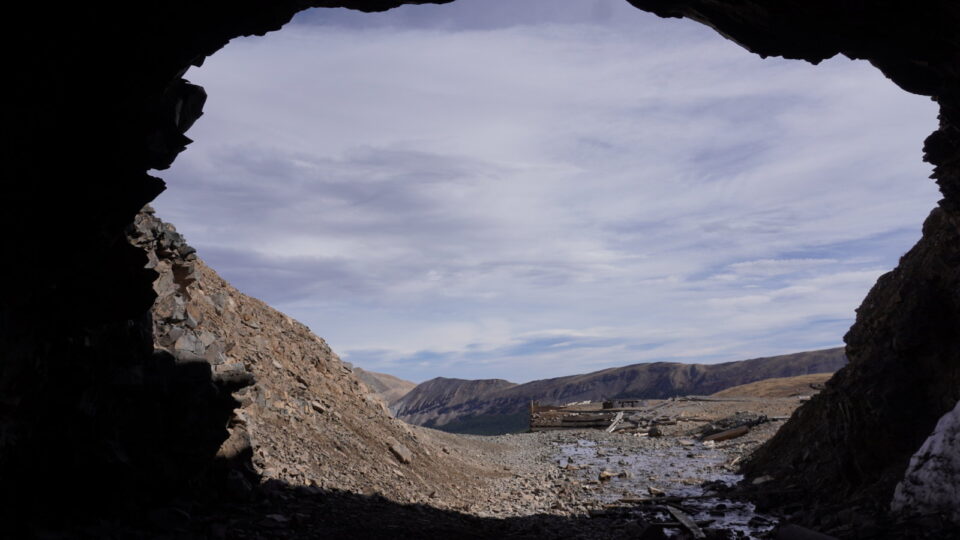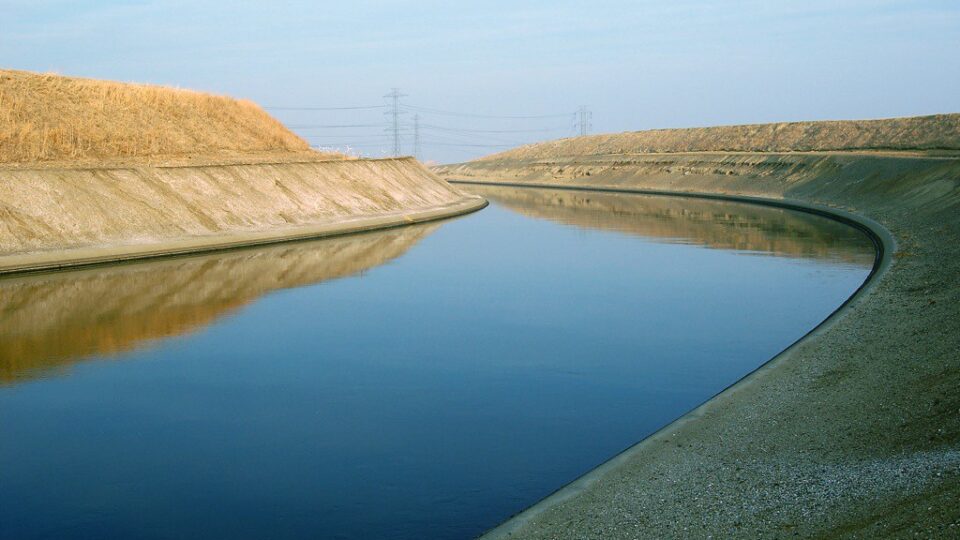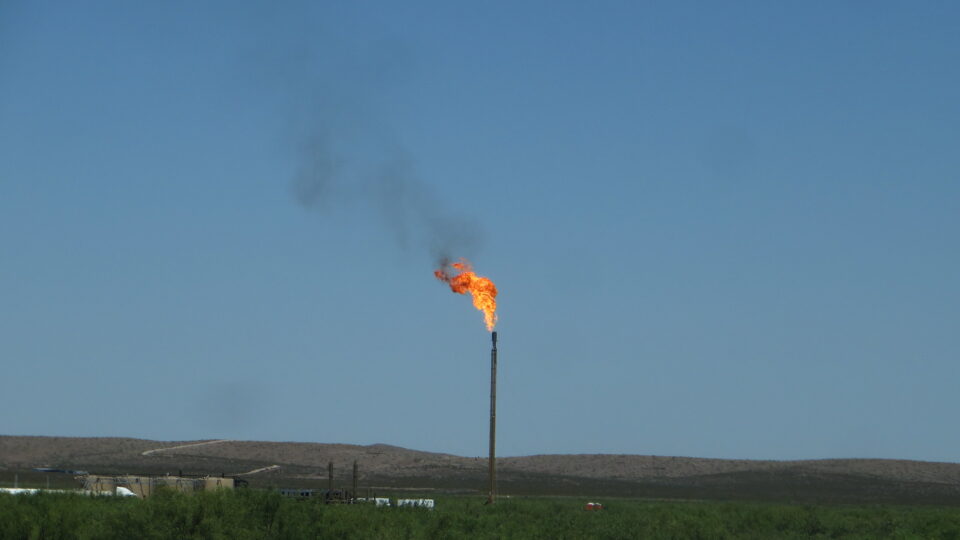Researchers from Switzerland and Belgium have investigated the effects of the warming climate on access to meteorites in Antarctica. Meteorites are of great scientific interest because they provide unique information about the makeup of our solar system. Of all the meteorites that people have found, 62.6% of them were found in Antarctica.
Why is this? It is not because more meteorites land in Antarctica. Statistically, they can land anywhere on earth. Most end up in the ocean since the world’s oceans cover 70% of the planet.
Meteorites in Antarctica are more visible because environmental conditions are favorable for their preservation and their visibility. The arid and cold Antarctic environment helps to preserve meteorites and the lack of rocks and contrast with ice makes spotting meteorites much easier. The flow of ice sheets tends to concentrate meteorites in so-called meteorite stranding zones where the dark colored space rocks can be easily detected.
There are an estimated 300,000 to 800,000 meteorites in Antarctica. When meteorites warm up, they can transfer heat to the ice, which locally melts. Eventually, the meteorites sink beneath the surface. A recent study using satellite imagery, climate model projections, and AI predicts that for every tenth of a degree of increase in global air temperature, an average of 9,000 meteorites in Antarctica will disappear from the surface and will no longer be able to be found.
The study estimates that a quarter of Antarctic meteorites will be lost to glacial melt by 2050. If warming continues to accelerate, closer to three-quarters of the meteorites on the continent will be lost.
**********
Web Links
Climate change threatens Antarctic meteorites
Photo, posted April 21, 2005, courtesy of Kevin Walsh via Flickr.
Earth Wise is a production of WAMC Northeast Public Radio

